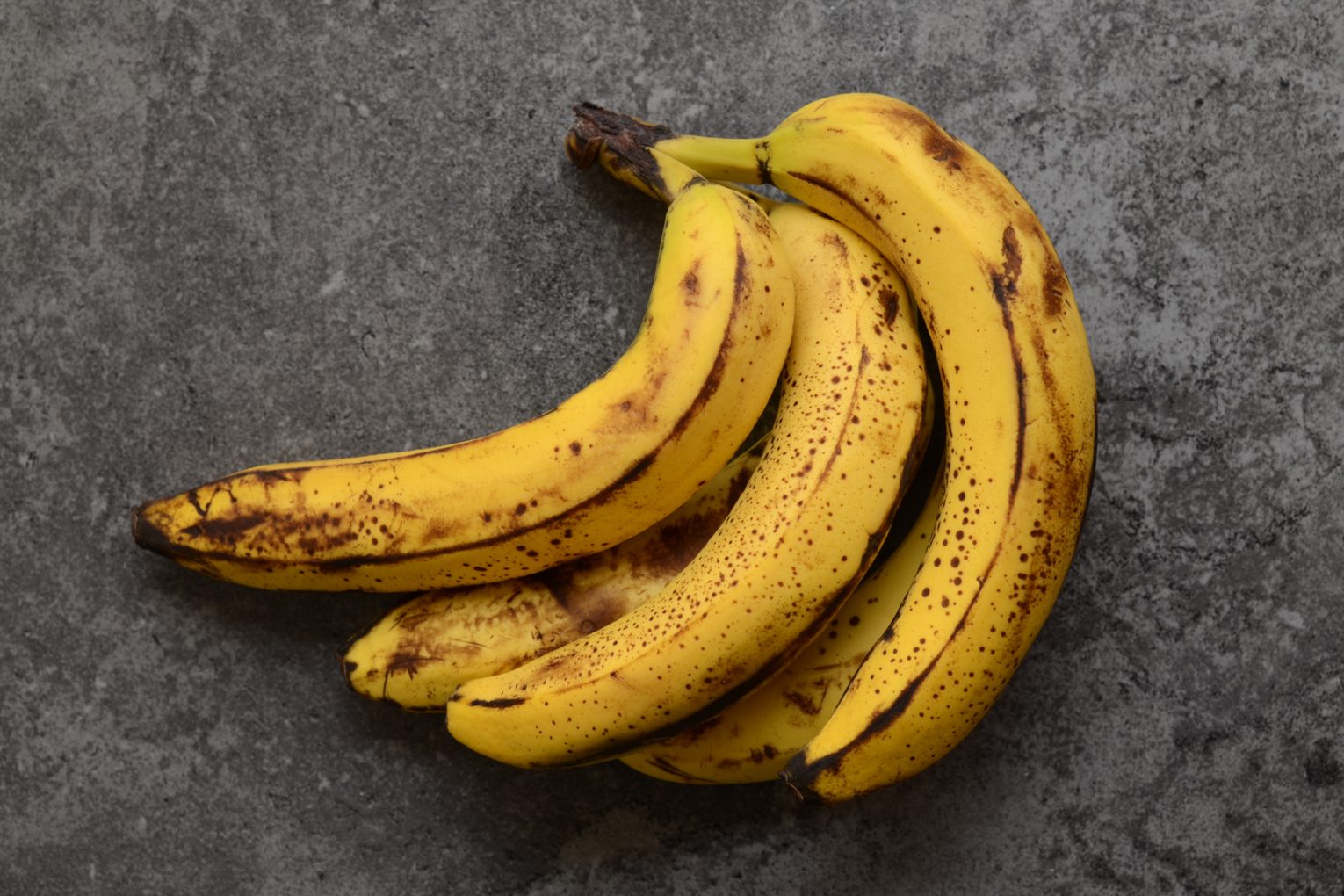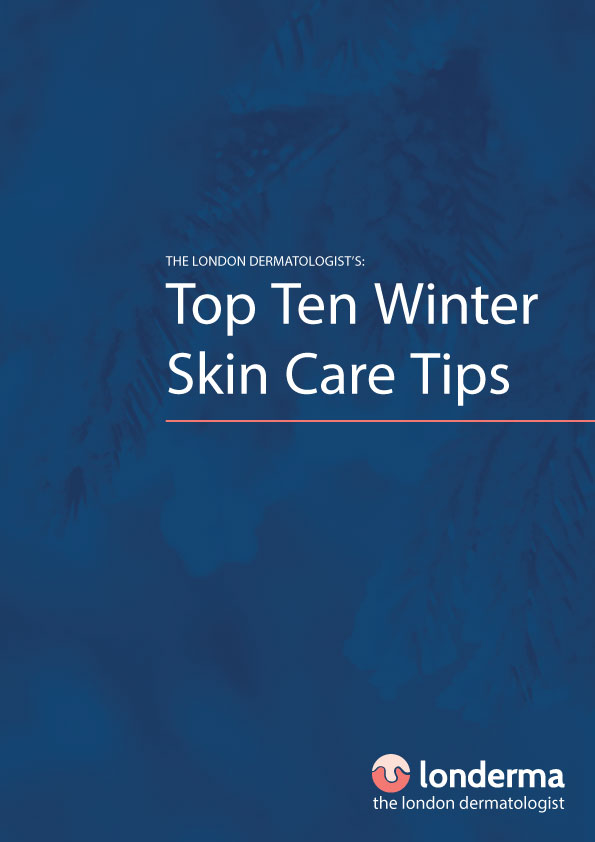Video consultations now available

There are times as a dermatologist that you can make a diagnosis before your patient has even sat down. It’s seborrhoeic dermatitis, a common condition affecting one in twenty and, like Marmite, love it or hate it, it’s all about a yeast. In this case called Malassesia.
Seborrhoeic (pronounced seb-or-ray-ik) dermatitis, also called seborrhoeic eczema or just seb derm for short, is the ugly twin sister of dandruff. It causes a red scaly tight-feeling rash in typical sites: between the eyebrows, on the folds of skin between the cheeks and nose and also the inside of the ears. Most people will have a dry and slightly itchy scalp, with dandruff and loose white scale which can end up leaving the flakes of dandruff showering over your shoulders like cutaneous confetti.
The main cause of seborrheic dermatitis and dandruff is a reaction of the body to the Malassesia yeast. The yeast is what dermatologists describe as a being ‘skin commensal’ meaning it actually lives normally and harmlessly on the skin of most people. But in certain people, who probably are genetically prone, their immune system reacts to the yeast and causes inflammation, giving the characteristic rash.
Almost everyone with seborrhoeic dermatitis has nothing else wrong, but it is seen more commonly in people with Parkinson’s disease and can be a sign of HIV infection, particularly if it is severe. People with bad seborrhoeic dermatitis may be offered an HIV test as a precaution. This is because HIV is important to diagnose early to reduce the risk of passing it on and to allow it to be treated effectively.
Seborrhoeic dermatitis can’t be totally cured, but often symptoms can be controlled almost completely. Once daily use of a facial moisturizer, and use of a hair conditioner after shampooing may be very helpful. Conditioners contain moisturizers, acidity regulators, essential fatty acids and surfactants which may be enough to change the environment of the scalp enough improve the condition. Anti-dandruff shampoos containing zinc pyrithone or selenium sulphide are widely available and can be helpful. Organic alternatives containing tea tree oil and essential oils can also be tried. Changing diet does not usually help.
Probably the best shampoos containing the yeast-busting medication ketoconazole. They are widely available over the counter in pharmacists (e.g. Nizoral). This shampoos should be used 2-3 times a week leaving the lather on for 3-5 minutes before rinsing.
To get rid of the facial rash one of our favourite treatments is Protopic ointment or Elidel cream. These creams are non-steroidal, clear up the rash within a few days and then can be used just once or twice a week to keep it bay. Alternative treatments are weak steroids such as Eumovate cream, con be obtained from pharmacists over-the-counter in small tubes.
So, if your shoulders look like you’ve stepped into a mini-snowstorm, and the sides of your nose and ears are strangely flaky, show your yeast the door marked exit…
The London Dermatologist
 eBook Download: Top Ten Winter Skin Care Tips
eBook Download: Top Ten Winter Skin Care Tips